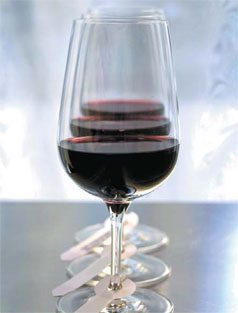Musical entertainment one summer evening in the Botanical Garden in Lucca.
The Lucca Town Council takes care to the promotion of the town, its beauties, its typical aspects which make it unique, such as the town walls, the point of frequent meetings of both visitors as well as citizens.
Nevertheless, there are still some places of interest that remain almost ridde to tourists and forgotten even by the local people.
With the aim to rediscover and enhance these places, this year we have decided to favour the botanical garden that becomes an excellent space of entertainment and relaxation in the summer heat.
The idea to promote this site where historical background is combined with the beauty and scent of plants has met the enthusiasm of local associations and institutions which have joined the project to bring music to the garden.
We offer a weekly programme of music events ranging from classical music, jazz, up to contemporary one which will accompany visitors during their evening walks where the scenery meets art in a unique attraction.
July 9.00 p.m.
Friday 3: “Musica italiana anni ’50, ’60, ‘70”
Friday 10: “I suoni del pianoforte”
Friday 17: “Suoni tra gli alberi”
Friday 24: “Note tra i fiori”
Friday 31: “Jazz all’orto”
August 9.00 p.m.
Friday 7: “Serata con Vivaldi e Bach”
Friday 14: “Tra Rinascimento e Barocco”
Friday 21: “Una serata con l’opera”
Friday 28: “Sinfonia..all’orto”


